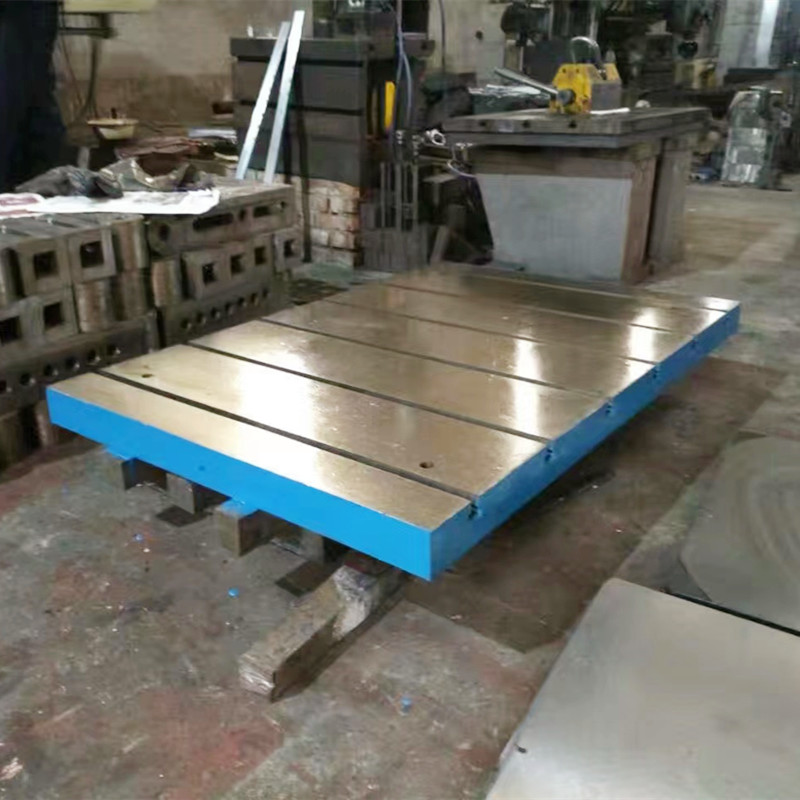Nov . 12, 2024 17:33 Back to list
pin gauge measurement method
Understanding the Pin Gauge Measurement Method
The pin gauge measurement method is a widely used technique in precision engineering and manufacturing for determining the size of holes and internal diameters in various materials. This method employs a series of precisely sized pins, which are inserted into the holes of a workpiece to ascertain its dimensions accurately. The simplicity and reliability of the pin gauge method make it an essential tool in Quality Control (QC) and Assurance (QA) processes across multiple industries, including automotive, aerospace, and manufacturing.
Principle of Operation
The core principle of the pin gauge measurement method revolves around the concept of Go/No-Go gauges. A set of pins with known diameters is utilized, where the Go pin is slightly smaller than the nominal size of the hole being measured, and the No-Go pin is slightly larger. During the measurement process
1. Insertion of the Go Pin The operator first attempts to insert the Go pin into the hole. If the pin fits snugly without excessive force, the hole is deemed to be within tolerance. 2. Insertion of the No-Go Pin Next, the operator tests the No-Go pin. If this pin does not fit, it confirms that the hole is not oversized beyond acceptable limits. Conversely, if the No-Go pin fits, it indicates that the hole is out of tolerance.
This straightforward binary check allows for rapid assessment of dimensional compliance, ensuring that products meet stringent specifications.
Advantages of Pin Gauge Measurement
pin gauge measurement method

The use of pin gauges presents several advantages
1. Precision Pin gauges are manufactured to extremely high tolerances, allowing for an accurate measurement of internal diameters. 2. Simplicity The method is easy to understand and implement, making it accessible for operators at various skill levels. 3. Portability Pin gauges are small and can be easily carried, enabling measurements to be taken on-site or in various production environments. 4. Durability Typically made from hardened steel, pin gauges are robust and can withstand the rigors of industrial use, provided they are well-maintained and periodically calibrated. 5. Cost-Effectiveness Compared to sophisticated measuring instruments such as coordinate measuring machines (CMMs), pin gauges are relatively inexpensive and do not require complex setup processes.
Limitations of Pin Gauge Measurement
While the pin gauge method has numerous merits, it does have limitations. For instance, pin gauges can only measure circular holes and are not suitable for other shapes. Moreover, they primarily provide dimensional checks and do not assess surface finish or other critical characteristics of the hole.
Additionally, for holes that are significantly deep or inaccessible, pin gauges may not provide the most effective solution. In such cases, alternative measurement methods such as bore gauges or digital calipers might be more appropriate.
Conclusion
In conclusion, the pin gauge measurement method serves as a vital tool in the realm of dimensional inspection. Its straightforward application, combined with high precision, makes it an indispensable part of the quality assurance toolkit. Industries that prioritize accuracy and reliability in dimensional measurements will benefit greatly from integrating pin gauge measurements into their processes. As manufacturing continues to evolve with technological advancements, pin gauges will likely maintain their relevance due to their fundamental role in ensuring product conformity to specifications. Adopting a balanced approach that combines pin gauges with other measurement techniques can lead to optimal quality control and enhanced product integrity.
-
Y Type Strainer Maintains System Efficiency Long TermNewsJul.15,2025
-
Valve Selection Guide for Industrial ApplicationsNewsJul.15,2025
-
Steel Fab Table Provides Durable Work Surface for WeldingNewsJul.15,2025
-
Pad Iron Provides Stable Support for Heavy MachineryNewsJul.15,2025
-
One Inch Check Valve Fits Standard Plumbing SystemsNewsJul.15,2025
-
Measuring Micrometer Ensures Precise Dimensional AccuracyNewsJul.15,2025
Related PRODUCTS









